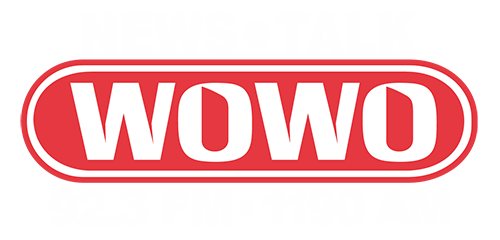“The strategy of waiting on higher prices after harvest was generally successful last year but required some timely pricing,” says Illinois Ag Economist Darrel Good.
Corn and soybean producers have not priced a relatively large portion of 2015 crops. These crops are being held in open storage, either on the farm or in commercial facilities or in the form of basis contracts or delayed pricing contracts. According to a University of Illinois agricultural economist, producers have judged that there is potential for higher prices, or at least a small risk of lower prices, as the marketing year progresses.
“The strategy of waiting on higher prices after harvest was generally successful last year but required some timely pricing,” said Darrel Good. “Using central Illinois as an example, the average cash price of corn at interior elevators was $3.09 in October 2014 and $3.74 in December 2014. Daily prices ranged from $2.80 in October to $3.90 in December. Prices generally moved lower during the winter and early spring of 2015, but recovered to an average of $3.85 in July 2015.The extreme daily high in July was $4.15, but the price declined below $3.50 by the end of the month. For soybeans, the average cash price was $9.40 in October 2014 and $10.23 in December 2014. Daily prices ranged from $8.82 in October to $10.41 in December. Like corn prices, soybean prices were lower in the winter and early spring of 2015, but recovered to an average of $10.10 in July, with a daily high of $10.36.”
Good said that last year part of the increase in cash prices in central Illinois, as well as most other areas, resulted from a strengthening of the basis after harvest.
The cash price of corn in October 2014 was about 72 cents under July 2015 futures.The basis strengthened to about -38 cents in December and -12 cents in July. The seasonal increase in the basis totaled about 60 cents. Similarly, the July soybean basis strengthened from -50 cents in October to -25 cents in December and -10 cents in July for a total increase of 40 cents.
“Such a large increase in the corn and soybean basis is not expected this year because the basis is already quite strong,” Good said. The average central Illinois basis (relative to July 2016 futures) at interior elevators is currently -28 cents for corn and -21 cents for soybeans. Higher cash prices as the season progresses this year will likely require higher futures prices.
“Judging the potential for higher corn and soybean prices starts with the sources of current ‘low’ prices,” Good said. “For both crops, current prices reflect a combination of the large 2015 U.S. harvest estimates and weak export demand that point to adequate year-ending stocks of corn and surplus soybean stocks. Higher prices could be generated by lower production estimates or an improvement in export demand. The USDA will release a new forecast of crop size on Nov.10 and a final production estimate in the second week of January. Based on planted acreage that has been reported to the USDA’s Farm Service Agency, there is some potential for the estimate of harvested acreage of both crops to be reduced from the October forecasts. Any changes, however, would likely be very modest. The production estimates could also be reduced as a result of lower yield estimates. Based on the historical pattern of USDA yield forecasts during the August through January cycle, however, lower yield forecasts would not be expected. In addition, individual yield reports over a large area this year suggest there may be more potential for increases rather than decreases in the yield forecasts.”
On the export side, the USDA has forecast 2015-16 marketing-year corn exports at 1.85 billion bushels, just 14 million bushels less than exports of last year. In the first 9.5 weeks of the marketing year, exports (weekly USDA export inspections adjusted by the September Census export estimate) were 76 million bushels less than exports during the same period last year.
“In addition, unshipped export sales as of Oct. 29 were about 170 million bushels less than those of a year ago,” Good said. For soybeans, the USDA has forecast marketing-year exports at 1.675 billion bushels, 168 million bushels less than exported last year. In the first 9.5 weeks of the year, exports exceeded those of last year by 21 million bushels.
“Unshipped export sales as of Oct. 29, however, trailed those of last year by about 310 million bushels,” Good said. “Additional export competition for U.S. soybeans could also result from a change in export policy in Argentina that resulted in lower export duties. Unless the export environment changes as a result of a weakening in the value of the U.S. dollar or production problems in the southern hemisphere, it appears that exports will struggle to reach the current USDA projections.”
Good said that nearby corn and soybean futures are currently trading just above contract lows that were established in August or September. Higher corn and soybean prices over the next two months generated by lower U.S. production estimates, an improvement in export prospects, or other positive development, cannot be ruled out. Those other developments could include a stronger-than-expected pace of domestic consumption or surprises in the USDA’s Dec. 1 stocks estimates to be released in the second week of January. However, substantial price strength is not expected, with the more likely scenario being a continuation of price weakness.
“Similar to the pattern of last year, potential for price strength is possible again during the 2016 planting and growing season in the United States,” Good said. “The ultimate demise of the currently very strong El Niño weather event may bring more than normal crop weather risk in the summer of 2016.”
Illinois Ag Economist – Darrel Good
